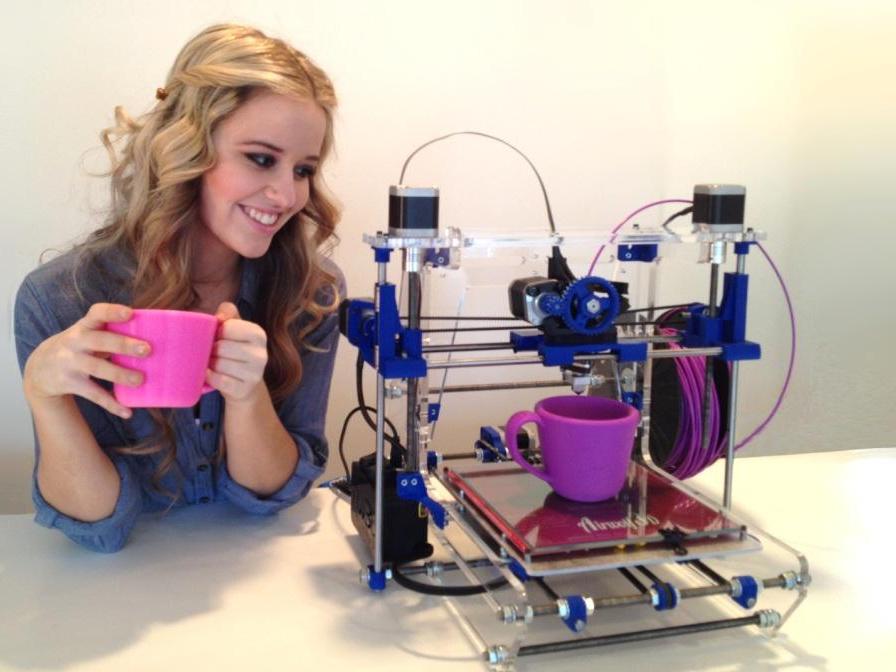Thanks to 3D printing technology, researchers can create skin and heart tissue, doctors can print models on which to practice surgeries, and engineers can develop more effective ways of harnessing the world’s natural energy. Still, perhaps one of the most boggling benefits of 3D tech might be the ability to produce something completely and totally edible.
Edible Ink?
It seems counter intuitive to everything we know about printing. More magical than practical, more Jetson family than modern family. But the notion that we can use 3D printers to generate food has actually been around for awhile. In 2007 Popular Mechanics Breakthrough Award was presented to a product called the Fab@Home printer, which used inkjet, syringe based printing methods to produce the recipe (or design) in liquid layers.
This gave way to experimentation of all kinds, Cheese Whiz, frosting, Nutella, anything that could be squished out of a syringe became fair game. Figurines, food taking on intricate designs and shapes recalled the candy makers of old times and they care they took with their creations. The difference? 3D printed food is all about planning, leaving the execution to the machines.
Where can I get some?
With so much potential, it’s no surprise that food manufacturers have joined the fun. In the Netherlands, microwave pancakes are printed using a method that resembles 3D printing (a slightly more 2 dimensional version), in the UK there’s a company that sells the printers themselves, especially designed to melt and pile layers of chocolate, and in the US, Google offered 3D-printed pasta in it’s famously well conceived employee cafeterias.
The catch, of course, is plain. It’s one thing to print a pancake batter or chocolate, these only require one “ingredient” or element, in order to consider them finished. Powders, purees, pastes: these are all well and good, but what about something more complicated? There’s a lot to consider. Temperatures, sterilization, and a wide array of other considerations must be considered, just to devise a simple hamburger. That’s why, so far, the restaurant industry hasn’t taken the printer and run with it. Often the cost exceeds what most people would reasonably pay.
Dreaming of different Food
Instead, inventive chefs are looking at 3D food as an opportunity, not to recreate that which already exists in nature (a selection which may one day be limited, but isn’t yet), but to devise new, wonderfully edible items, all of which can be designed to match nutritional specifications of any kind making them incredibly healthy to eat.The applications for this kind of specified food creation are broad, from allergy suffers to individuals who need soft food-stuffs due to disease or disability.
With a growing presence, and so many fun ways to experience 3D printed food (Hershey’s is installing a 3D chocolate printer for it’s pastry chefs and a new pop-up restaurant has flexed its muscles in London, offering an all 3D printed food menu) it seems likely that the future of eating may look more like the Jetsons than we ever imagined it could.

